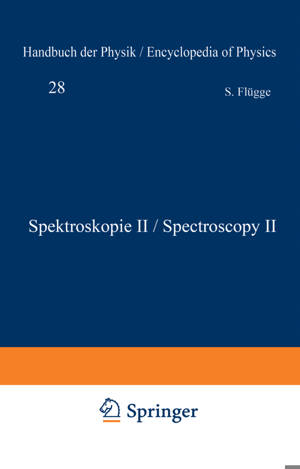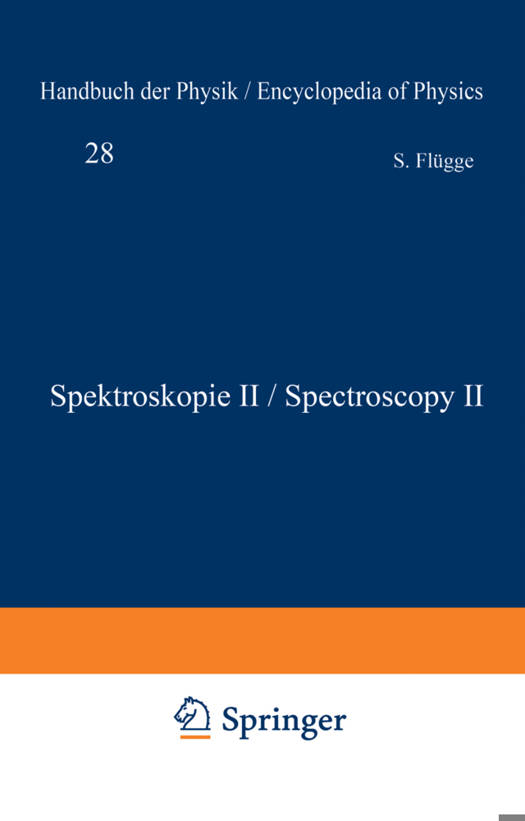
- Afhalen na 1 uur in een winkel met voorraad
- Gratis thuislevering in België vanaf € 30
- Ruim aanbod met 7 miljoen producten
- Afhalen na 1 uur in een winkel met voorraad
- Gratis thuislevering in België vanaf € 30
- Ruim aanbod met 7 miljoen producten
Zoeken
Omschrijving
Sect. 23. 325 transitions have been drawn for which L1 =0 (n-components). Moreover it is assumed that the hfs splitting of the 3 s 2 Pal, level is negligibly small compared with that of the 3 s 25, /, level. BACK and GOUDSMIT succeeded in resolving the structure of the components of the Bi I line A 4722 A. In each transition they found 10 components, so that in this case 21 + 1 = 10, and the nuclear spin of 209 Bi becomes 1 = 9/, Later on their results for a group of components were 2 reproduced and published by ZEEMAN, BACK and GOUDSMITI. There are only a few examples where the influence of a magnetic field on the hfs of spectral lines has been shown experimentally in weak, intermediate and strong fields. One of them is the beautiful experiment by JACKSON and 2 KUHN on the Zeeman effect of the hfs of the Na D line A 5890 A. These authors used an atomic beam light source and photographed the lines in absorption. They showed that for the components of this line there was a real Zeeman effect in magnetic fields up to a magnetic field strength of about 1600 oersted, whereas there is a transition to the Back Goudsmit effect in stronger fields, the latter being completed at a field strength of about 3000 oersted. VI. The use of the Zeeman effect in the analysis of atomic spectra.
Specificaties
Betrokkenen
- Auteur(s):
- Uitgeverij:
Inhoud
- Aantal bladzijden:
- 448
- Taal:
- Duits
- Reeks:
- Reeksnummer:
- nr. 5
Eigenschappen
- Productcode (EAN):
- 9783642458620
- Verschijningsdatum:
- 15/04/2014
- Uitvoering:
- Paperback
- Formaat:
- Trade paperback (VS)
- Afmetingen:
- 170 mm x 244 mm
- Gewicht:
- 721 g

Alleen bij Standaard Boekhandel
+ 121 punten op je klantenkaart van Standaard Boekhandel
Beoordelingen
We publiceren alleen reviews die voldoen aan de voorwaarden voor reviews. Bekijk onze voorwaarden voor reviews.








